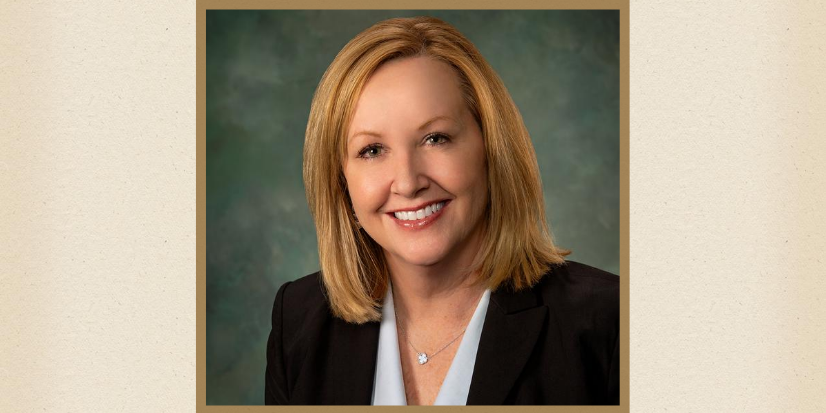CEO Update Spring 2021
- Posted On:

As I write this article at the end of February, the numbers of COVID-19 infections in our hospital, long term care facility and community have decreased substantially from the numbers we saw in November, December and January. While even the experts cannot predict the future, we hope this positive trend will continue—and we’ve all been thinking about what life will look like after the COVID-19 pandemic.
The events of the past year forced healthcare facilities all over the world to change in radical ways to ensure that patient care could continue. At Campbell County Health we had to create separate spaces for COVID-19 patients, restrict visiting, and limit in-person services and elective surgeries for a time. We became experts in our cleaning processes and use of protective equipment, and were thankful for the additional funding and staffing resources from the state and federal government through the CARES Act. Our employees and physicians went above and beyond to care for patients and residents, and our community showed their thanks for these healthcare heroes in many ways.
The COVID-19 pandemic has also accelerated the need for innovation in healthcare. We were already on the way toward some significant changes, but now there is even more urgency to learn how to pivot, because things will not go back to the way they were.
Masks
CCH employees, patients and visitors will continue to wear masks and experience heightened safety processes even after restrictions ease in other parts of the community. Our Infection Prevention expert likened it to the changes that were implemented after HIV was discovered in the 1980s. Prior to that healthcare workers did not routinely wear gloves with every patient encounter. After the HIV crisis, the rules changed, and gloves became part of the standard safety precautions hospitals use every day.
Telehealth and virtual visits
We implemented telehealth visits (or virtual visits) in our clinics much quicker than we had planned due to the pandemic. The government also relaxed their strict rules about reimbursing providers and hospitals for these kinds of visits. We don’t know if that reimbursement will continue, but we do know that there is a place in healthcare for telemedicine in the future. It’s what our patients want and expect in a world of Webex and Zoom meetings and smartphone apps.
Home as the site of healthcare
In November 2020, the Centers for Medicare and Medicaid launched a new program allowing approved providers to provide acute medical services in patients’ homes. At CCH we are actively looking at ways to provide healthcare in the home. Remote monitoring equipment can allow patients to send healthcare information like heart rate and blood pressure securely to their provider for regular updates.
Community paramedicine is another way for patients to receive healthcare outside the traditional hospital or clinic setting. The implementation of CCH’s program was interrupted by the pandemic, but programs like it in other states and in Wyoming have paramedics providing basic post-hospital checks on patients and helping them access social programs, with a goal of avoiding additional emergency room visits and hospitalizations.
One of the biggest challenges we, and the entire country faces is how to best treat patients with chronic health conditions. Most experts agree that social support, education and disease management can keep this growing population healthier and out of the hospital. Telemedicine, remote monitoring and community paramedicine may all have a role to play to what we call chronic care management.
I am excited about the health benefits our patients and community can achieve as we begin to integrate these changes into how we provide excellence every day to those we serve.
Sincerely,
Colleen Heeter, CEO

